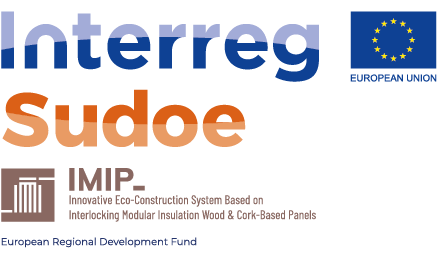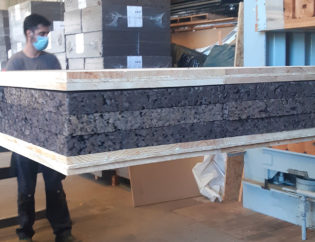From 2019 to 2023, the Universitat Politècnica de València has led the Interreg Sudoe project IMIP (Innovative Eco-Construction System Based on Interlocking Modular Insulation Wood & Cork-Based Panels), coordinating an international team made up of partners from Spain (CSIC-INIA, AITIM, Universitat Politècnica de Catalunya, Institut Valenciá de l'Edificación de la Generalitat Valenciana (IVE) and Agencia Andaluza de la Energía de la Junta de Andalucía), France (FCBA and XYLOFUTUR) and Portugal (University of Lisbon). The companies INCOFUSTA (Chiva, Valencia), CAMMI (Cocentaina, Alicante), XILONOR (Coirós, A Coruña), FUSTES SEBASTIÁ (Rialp, Lleida) and ESPADÁN CORKS (Soneja, Castellón) also participated.
The project aimed to support the transition to a low-carbon economy by promoting the use of native wood products and cork in sustainable construction, which are local natural resources in the working area of Southwest Europe and the Mediterranean region.
During the implementation of the SUDOE IMIP project, a wood and cork construction system was designed, validated and implemented to improve the energy efficiency of public buildings while increasing the added value of Mediterranean forest products.
After analysing the value chain of the main wood products from Mediterranean forests, prototypes were developed based on cross-laminated timber (CLT) using pine (Pinus pinaster Ait.) boards, which are currently mainly used for the production of low value-added products (pallets and wooden packaging), and cork.
Wood has excellent technical characteristics for use in construction, being a lightweight material, whose transformation and industrial production processes emit fewer greenhouse gases than its competitors (steel and concrete). These two resources have been used to design different types of prefabricated panels that can be integrated into interconnected modules to create roof and floor systems with small spans, internal partitions and even enclosures. Particular attention has been paid to the insulating capacity of these panels, and tests have been carried out in the laboratory and on site to analyse their mechanical performance, durability, fire resistance, acoustic and thermal insulation and energy efficiency. All the results show that the panels meet the basic requirements of the quality standards. To facilitate the use of these panels by prescribers (architects, designers, and installers), the methods of anchoring and connecting the modules have also been designed to make them easy to assemble and even to disassemble.
One of the products developed is the three-layer IMIP SIP (Structural Insulated Panel), which consists of two 45mm IMIP composite back-laminated panels and a 100mm expanded black cork core, giving a total thickness of 190mm (see Figure 1).
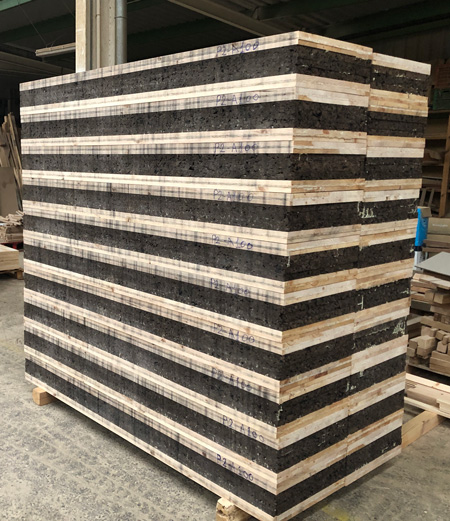
Figure 1. SIP panel composed of three-layer composite CLT and natural cork
These panels have proven to be highly resistant to flexion shrinkage in the formation of horizontal and inclined panels for roofs or small slabs, very good thermal insulation, very good ability to form partitions and dry internal partitions thanks to their resistance to vertical compression and interconnectivity between the panels, their adaptability and ease of handling, and very good ability to form non-resisting external enclosures in the absence of an external waterproofing layer.
One of the advantages of this construction method for use on building sites is its ability to be used in temporary buildings such as emergency housing. One of the demonstration actions was the construction of a temporary shelter to demonstrate the effectiveness of the design in the assembly and dismantling of the panels, their transport and reuse (see Figure 2).
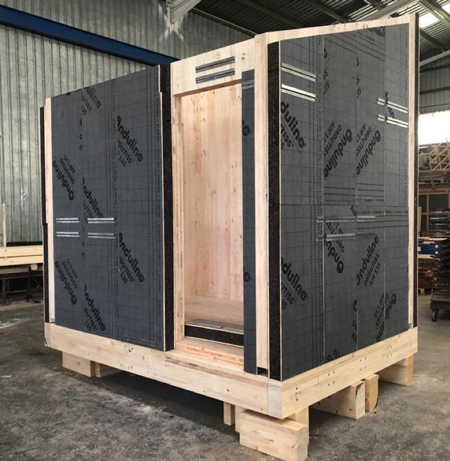
Figure 2. Assembly system of the pilot action "Portugal"
Another possibility for the use of these durable and lightweight panels is in the rehabilitation of rural areas. In the municipality of Espadilla (Castellón), which is threatened by depopulation and has limited resources, we collaborated in the rehabilitation of a municipal building to be used for social housing, demonstrating the versatility of the panels and their ease of installation, even in works with basic materials and resources (see Figure 3).
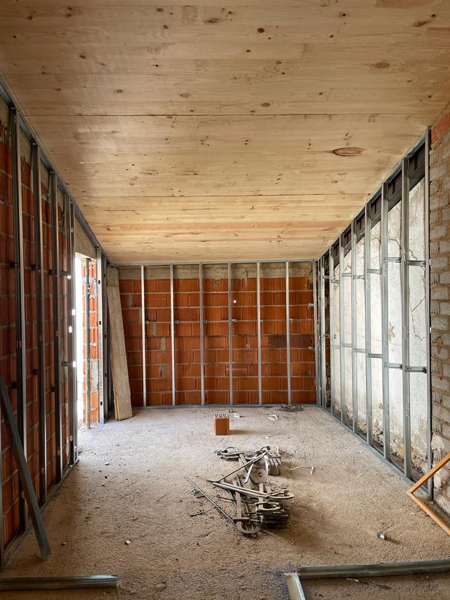
Figure 3. IMIP Panels in roof formation: Refurbishment in Espadilla (Castellón)
In addition, at the Universitat Politècnica de València, the full range of wood and cork panels has been used in a unique building that hosts one of the university's renewable energy laboratories (see Figure 4).
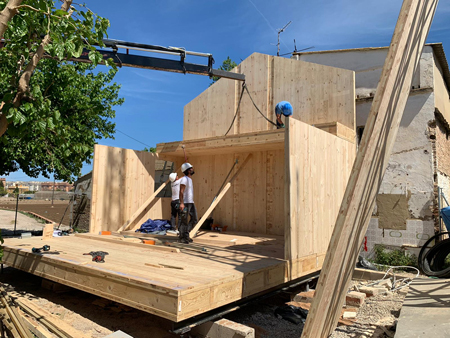
Figure 4. Construction of the pilot project at the Universitat Politècnica de València
Finally, in order to promote and facilitate the design of buildings by professionals, a specific plug-in for BIM models has been developed and implemented during the project. This provides technical support to architects and engineers in building projects, allowing them to calculate all dimensioning requirements. In addition, this plug-in complements the analysis of environmental benefits by calculating the carbon storage and substitution effect of using these panels in the design and construction instead of traditional materials (see Figure 5).
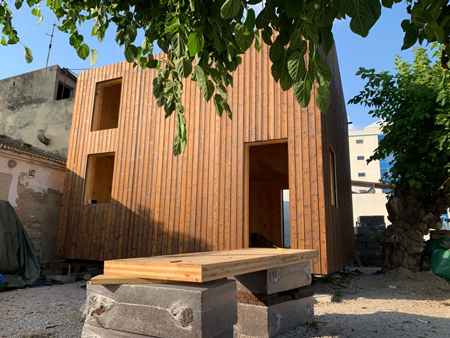
Figure 5. Exterior of the Pilot Action at the Universitat Politècnica de València
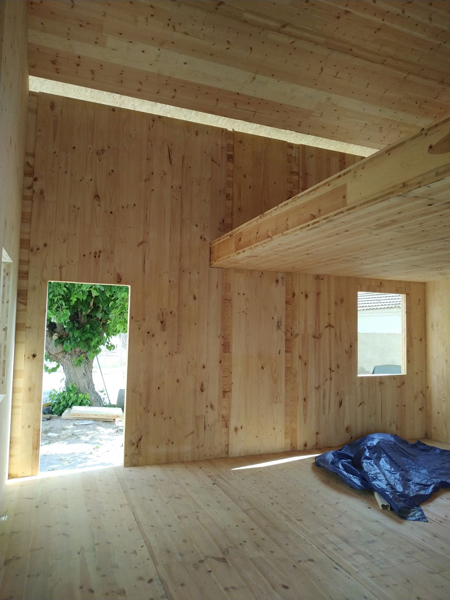
Figure 6. Interior of the pilot action at the Universitat Politècnica de València
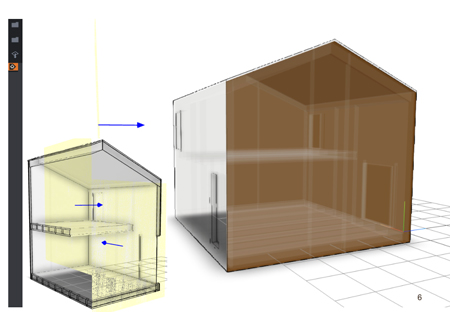
Figure 7. IMIP Appweb visualisation model
Finally, a roadmap for the increased use of wood and cork in public buildings in Southwest Europe has been developed to improve energy efficiency through the use of local forest resources. In addition, to further promote the use of wood and cork panels, training courses for professionals and prescribers (architects, engineers, and designers) were offered during the project.
This research was funded by the Interreg SUDOE programme (www.sudoe-imip.eu) under the European Regional Development Fund (ERDF), grant number (SOE3/P3/E0963).
